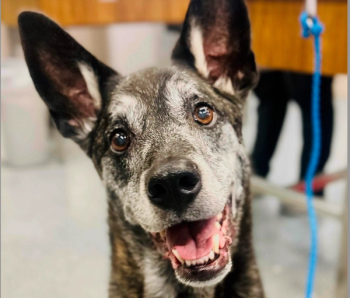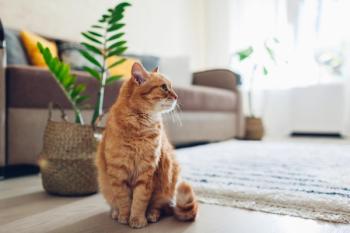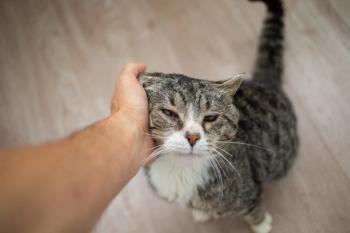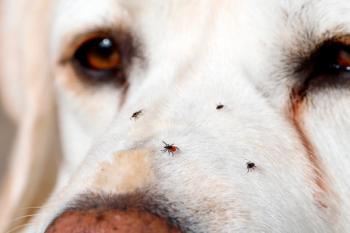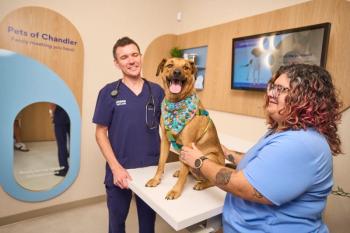
Idea Exchange: Quicker, cleaner, and easier declaws
When I perform a feline onychectomy, after the tourniquet is loosely placed on the proximal part of the limb, I squeeze the paw with one hand and milk the rest of the limb toward the body several times before the technician tightens the tourniquet.
When I perform a feline onychectomy, after the tourniquet is loosely placed on the proximal part of the limb, I squeeze the paw with one hand and milk the rest of the limb toward the body several times before the technician tightens the tourniquet. Less blood at the surgical site results in a quicker, a cleaner, and an easier procedure; allows the surgical glue to adhere better; and helps prevent the bandages from sticking to dried blood on the paws.
Dr. Suzanne Hurst
Cape Coral, Fla.
Newsletter
From exam room tips to practice management insights, get trusted veterinary news delivered straight to your inbox—subscribe to dvm360.


